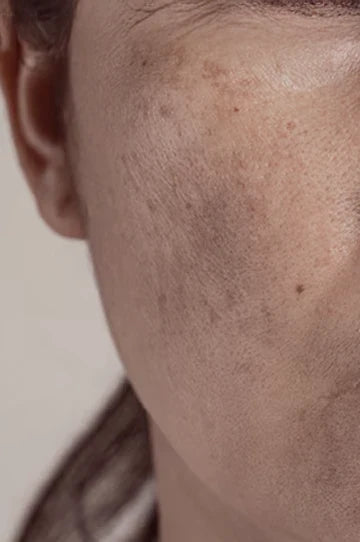





Pigmentation before wedding—simple plan for dark spot removal, melasma care, and even tone. Timelines, home care, and safe bridal skincare that supports results.
Dark patches can steal attention in photos. If you’re dealing with pigmentation before wedding, the good news is that steady, gentle care often improves tone and texture. Below is a simple path that respects skin, time, and your bridal schedule. (Educational, not medical advice.)
Pigmentation happens when melanin collects in patches. Common triggers before a wedding are sun exposure, heat, stress, past acne marks, and hormonal shifts that may show up as melasma. Darkness around the mouth is also common in Indian skin tones due to friction, dryness, or sunscreen skip-days.

Yes. Melasma shows larger, map-like patches on cheeks, forehead, or upper lip. It is sun-sensitive and can deepen with heat. Gentle, consistent care plus daily sunscreen is key; quick, harsh peels can backfire for brides. (See professional care section.)
Start 12–16 weeks before the event if possible. You’ll likely see early brightness by week 4–6 and steadier fading by week 8–12. If you have active melasma, begin sooner and keep routines simple to avoid irritation close to the ceremony.
Think C-T-P: Cleanse – Treat – Protect.
Tip: Patch-test new actives 10–14 days before adding them across the face. Keep only one new active at a time.
Yes—if gentle. Try steam-free, fragrance-light routines. Focus on massage with a non-comedogenic oil, then a rinse-off mask with soothing clays and aloe. Avoid strong scrubs or multiple acids in one session. Keep any new salon treatment at least 3–4 weeks before the big day.

They can support results:
Doctors may suggest tailored topicals, chemical peels, or devices. For Indian skin tones, conservative settings and sun discipline matter to avoid rebound darkening. Ask about downtime and how many sessions fit your date. Use sunscreen daily before and after. (Discuss risks and benefits with your clinician.)
Amiy focuses on doctor-formulated, 100% natural blends using Complex Plant Elixir™ (synergistic botanicals) and Bio-Neuromodulation™ (supports calm nerve signalling). These approaches may help the skin barrier feel balanced and comfortable while your brightening routine does its work.
Weeks 1–2: Build sun habits; start vitamin C AM, niacinamide PM.
Weeks 3–4: Add azelaic on alternate nights; moisturise more around mouth.
Weeks 5–6: If skin is calm, try once-weekly mild exfoliant at night.
Weeks 7–8: Hold routine steady; avoid last-minute experiments.
Bridal skincare: complete pre-bridal glow guide | Amiy Naturals
Pre Bridal Skincare Routine: Your 3-Month Plan to Glow | Amiy Naturals
Medical disclaimer: This content is for education only and is not a substitute for professional medical advice. Please consult a qualified healthcare provider for personal care.
Aim for steady care: sunscreen daily, vitamin C AM, niacinamide or azelaic at night. Avoid harsh peels close to the date. Many see visible brightness by week 4–6 with strict sun protection.
Melasma often improves but can come back with sun/heat. Manage it like a long game: daily sunscreen, gentle actives, and cautious clinic care if advised by a doctor.
Moisture, friction control, and targeted brighteners (niacinamide/liquorice). Don’t forget sunscreen on the upper lip and corners.
Choose steam-free, gentle facials without strong scrubs or multiple acids. Keep new facials at least 3–4 weeks before events to avoid last-minute irritation.
If patches spread quickly, sting, or don’t improve after 8–12 weeks of strict sun care and simple actives. Plan clinic treatments well before the wedding.
If acne marks add to your pigmentation before wedding, consider Acne SOS. It’s crafted to gently support clearer-looking skin and pairs well with sunscreen and brightening basics. For brides with cycle-linked flares, Period Pacifier may support comfort and calmer skin rhythms around your period. Keep routines simple, consistent, and safe for your big day.